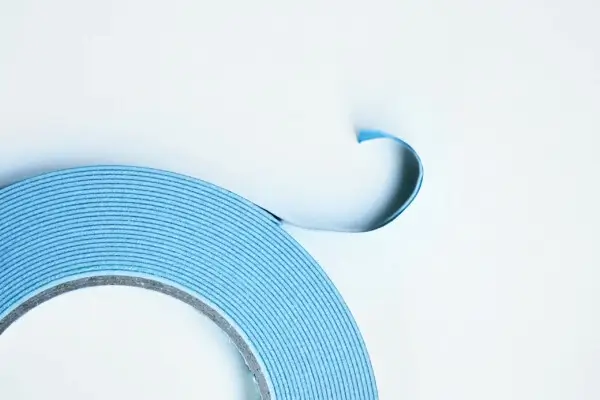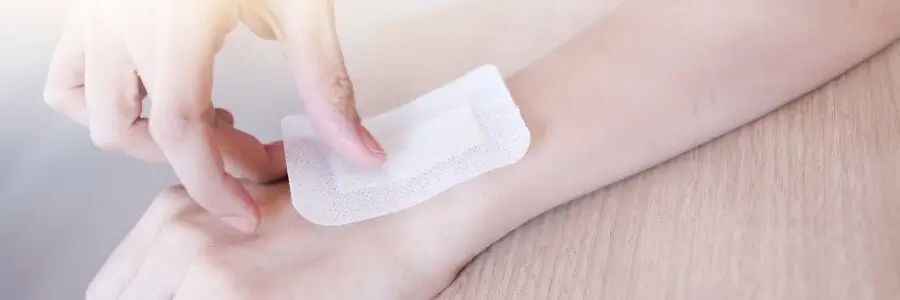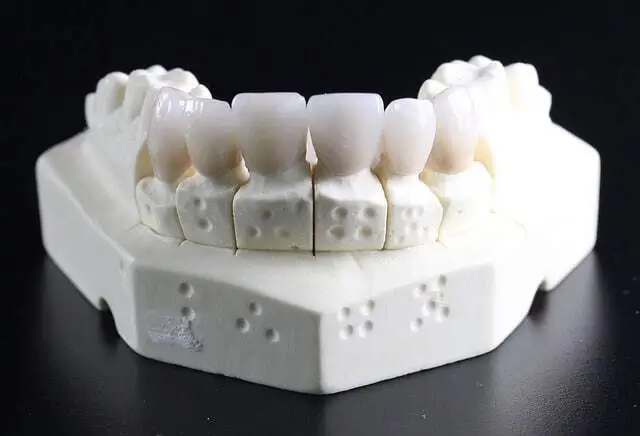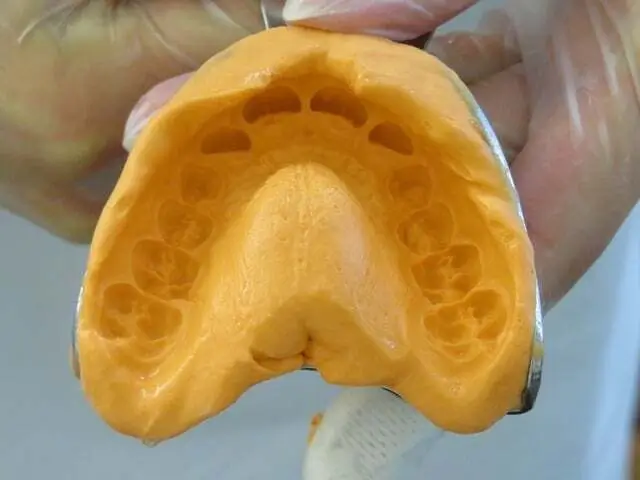Zein-based biomedical skin glues and dermal films
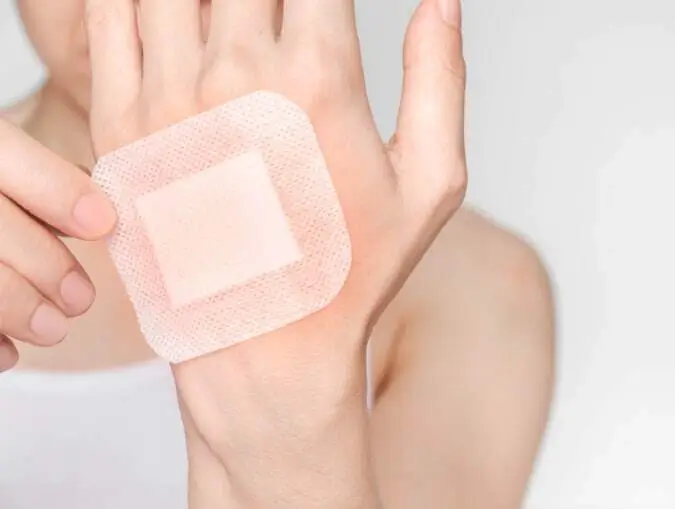
Zein-based biomedical skin glues and dermal films
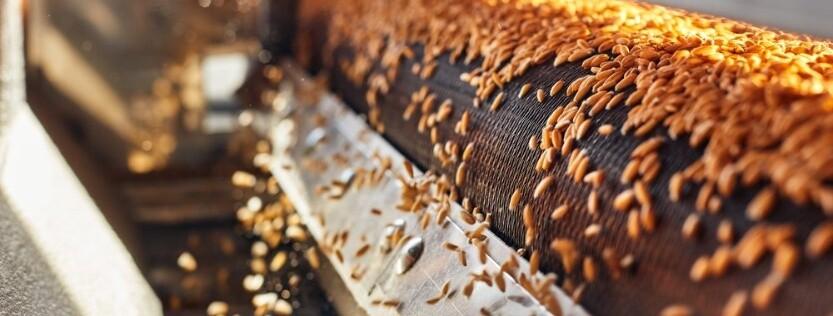
Progress in the natural biobased adhesive industry
Modern necessities inspire modern inventions. Today’s polymer industry is looking toward environmentally friendly solutions for a growing consumer class. New, 21st-century developments in topical personal care have led to a rise in the popularity of zein-based skin products as climate-conscious, forward-thinking polymers. Zein-based films are unique in that their versatility, durability, environmental-friendliness, and effectiveness as a dermal carrier are all top-notch. But what exactly is zein? And, why do zein-based adhesives command so much attention for the consumer market for personal care?
Zein: A wonder glue?
Zein, a natural polymer derived from maize, is an extremely versatile substance. Zein is potentially applicable across a wide range of products, be they pharmaceutical, cosmetic, agricultural, biomedical, or packing solutions. It can be formulated as a film or as a nanoencapsulation agent, and it can be molded, extruded, spun into fiber-based solutions, and used in conjunction with other materials for composite solutions. In addition, Zein’s small molecular size conforms well to both surface and appendageal tissue, package solvents are skin- safe, and depending upon order-of-addition requirements, it easily blends with many aqueous as well as most organic lipophilic active ingredients. In short, zein-based skin glues and dermal films are the future - and the future is now.
Biomedical skin glue (dermal films): characteristics
There are several crucial qualities when it comes to dermal adhesive films. First and foremost is versatility. Can the product be applied for wound care in both dry and wet situations? Can the adhesive film be adapted for personal care products involving creams, roll-ons, and sprays? How easily can the rheology of the polymer be toned?
A good polymer can adjust both binding strength and viscosity to easily accommodate different loading, to deliver according to time-release, and to manage concentration in consistent, custom formulations. It can also adjust occlusion efficiency according to pharmacokinetic requirements. In short: the best dermal adhesive film addresses a multiplicity of consumer markets while also being critical to clinical wound care and management.
A second quality for a good dermal adhesive film is being biobased, according to the guidelines of The United States Department of Agriculture (USDA). As a biobased product, a dermal film can be hydrophobic, i.e., highly effective as a vapor and moisture barrier, with a dependable moisture vapor transmission rate (MVTR), thereby acting as a highly protective dermal film. It can display antimicrobial properties for safety in applications in contact with food. Important also is that the polymer can be non-reactive. Ideal skin films are excipients, that is, an inactive substance and a medium by which a drug or other active substances can travel. Film-forming characteristics will allow for a thin, conforming layer delivering both active and passive chemistry to the epidermis. A biobased adhesive can easily conform to the skin at flexure points for complete coverage, and for extended periods of time.
A third quality is dependability. Strong, dependable binding takes into account a wide variety of variables when it comes to adhesive environments: antibiotics, antimicrobials, hemostats, and essential oils, and so on. As a binder, a adhesive should also be able to handle pre-emulsions, liposomes, and complexes. Finally, a dermal adhesive film is consumer- and clinic-friendly. High drug-carrying capacity, drug elution, and cosmetic qualities are of equal importance for over-the-counter lifestyle applications. For example, amorphous films allow for improved nanoparticle inclusion, while transparency is paramount in terms of cosmetics. It is important to have a film that is thin, transparent, and flexible, thereby delivering and protecting both active and passive ingredients to the skin.
The film should easily adhere to the skin, without risk of allergic reaction, and its visibility properties should quite literally vanish within seconds of application. A good biobased adhesive can easily incorporate colorants and bioactive additives like collagen, astringents, glucans, hyaluronic acid, and other additives common in cosmetics.
Which skin film should you choose?
Finding an adhesive that works in optimal circumstances in the worlds of personal care and personal cosmetics, clinical use and over-the-counter is not rocket science—but it’s close. Fortunately, new advances in zein-based skin glue applications offer an unparalleled level of effectiveness and wellness. Not only can it be used as a binder for inanimate objects or containers for foodstuffs, to extend product or shelf life, but zein is also biodegradable, carbon neutral, and non-toxic. Most relevant here, zein-based adhesives are the best, most effective, safest option across many needs for consumers and industry combined. Speak with one of our representatives to best understand how zein-based applications can work for you, too.
What solution are you looking for?
We are specialized in the medical and care. Need the best products or advice? Then please leave your details and we will get in touch.
